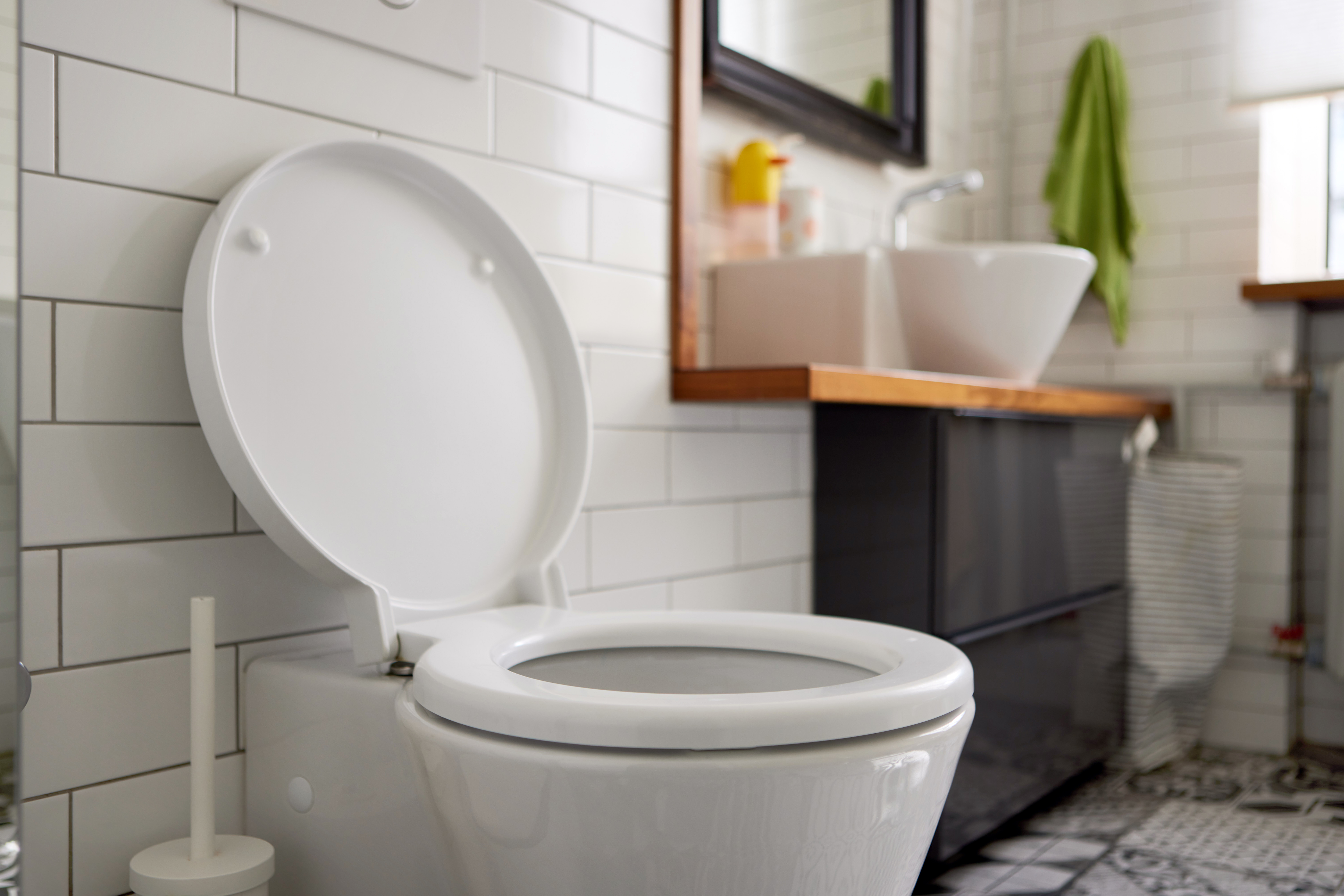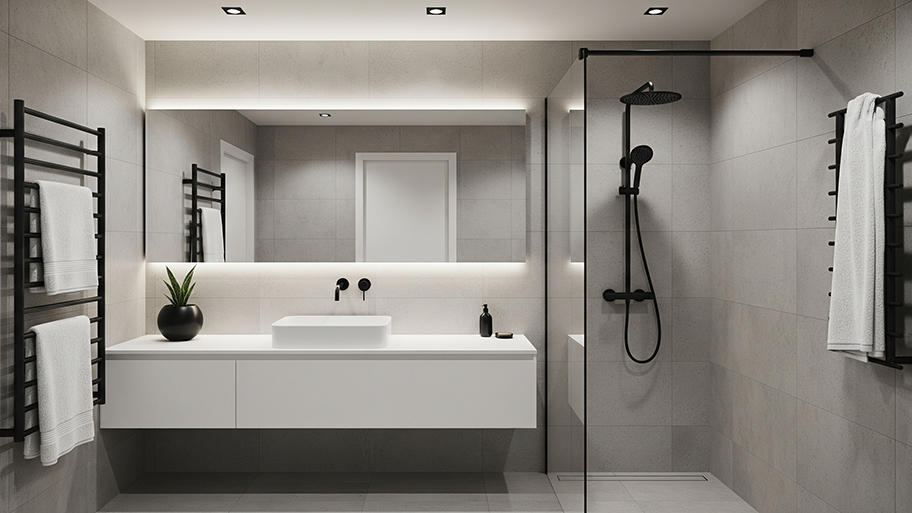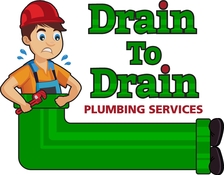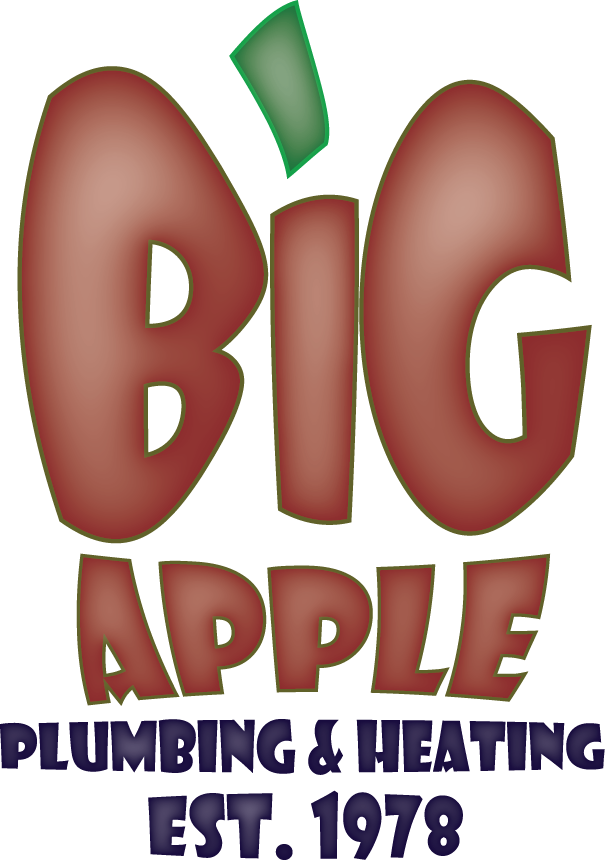
Get matched with top plumbers in Saint James, NY
There are 43 highly-rated local plumbers.
Need a pro for your plumbing project in Saint James, NY?
TRUSTED BY SAINT JAMES, NY HOMEOWNERS
4.5
Average homeowner rating1k+
Verified plumbing services reviews
Verified Reviews for Plumbing pros in Saint James, NY
*The Angi rating for Plumbing companies in Saint James, NY is a rating based on verified reviews from our community of homeowners who have used these pros to meet their Plumbing needs.
*The HomeAdvisor rating for Plumbing companies in Saint James, NY is a rating based on verified reviews from our community of homeowners who have used these pros to meet their Plumbing needs.
Last update on October 21, 2025
Find Plumbers in Saint James
No results for Plumbing in
Try adjusting your search criteria.The Saint James, NY homeowners’ guide to plumbing services
From average costs to expert advice, get all the answers you need to get your job done.

Making updates to your home? You may need to move your gas line to fuel new appliances or meet code regulations. We’ll cover the cost of moving a gas line, plus project tips.

The costs for common plumbing issues are determined based on parts, labor, and expertise level. Read our guide to find out how much you should budget.

This guide to toilet installation cost covers what you can expect to pay when adding a new toilet to an existing or new bathroom.

A clogged toilet can be embarrassing and even dangerous. Learn these tips to unclog a toilet, whether or not you have a plunger on hand.

The hidden parts of your shower drain keep everything flowing. Reference our shower drain plumbing diagram to understand how your shower drain works.

Pop-up drains are economical for a bathroom drain, but are they the right option for you? Learn the pros and cons of pop-up drains to decide.
- Stony Brook, NY Plumbers
- Nesconset, NY Plumbers
- Lake Grove, NY Plumbers
- Kings Park, NY Plumbers
- East Setauket, NY Plumbers
- Setauket, NY Plumbers
- Smithtown, NY Plumbers
- Centereach, NY Plumbers
- South Setauket, NY Plumbers
- Ronkonkoma, NY Plumbers
- Hauppauge, NY Plumbers
- Islandia, NY Plumbers
- Long Island, NY Plumbers
- Lake Ronkonkoma, NY Plumbers
- Port Jefferson Station, NY Plumbers
- Selden, NY Plumbers
- Central Islip, NY Plumbers
- Port Jefferson, NY Plumbers
- Commack, NY Plumbers
- Farmingville, NY Plumbers
- East Northport, NY Plumbers
- Holbrook, NY Plumbers
- Holtsville, NY Plumbers
- Coram, NY Plumbers
- Mount Sinai, NY Plumbers
- Northport, NY Plumbers
- Brentwood, NY Plumbers
- Bohemia, NY Plumbers
- Islip Terrace, NY Plumbers
- Miller Place, NY Plumbers
- Outdoor Kitchens in Saint James
- Water Softeners in Saint James
- Pool Construction and Installation in Saint James
- Lawn Irrigation in Saint James
- Sewer Cleaning in Saint James
- Kitchen and Bathroom Remodel in Saint James
- Septic Tanks in Saint James
- Basement Remodel in Saint James
- Countertops and Backsplashes in Saint James
- Wells and Pumps in Saint James
- Pool and Spa Servicing in Saint James
- Home Warranties in Saint James
- Home Inspection in Saint James
- Fountains in Saint James
- Drain Pipe Installation in Saint James
- Mold Testing and Remediation in Saint James
- Heating and Air Conditioning in Saint James
- Unfinished Carpentry in Saint James
- Gas Leak Repair in Saint James
- Drain Cleaning in Saint James
- Appliance Repair in Saint James
- Modular and Mobile Home Remodel in Saint James
- Water and Smoke Damage Repair in Saint James
- Water Heaters in Saint James






